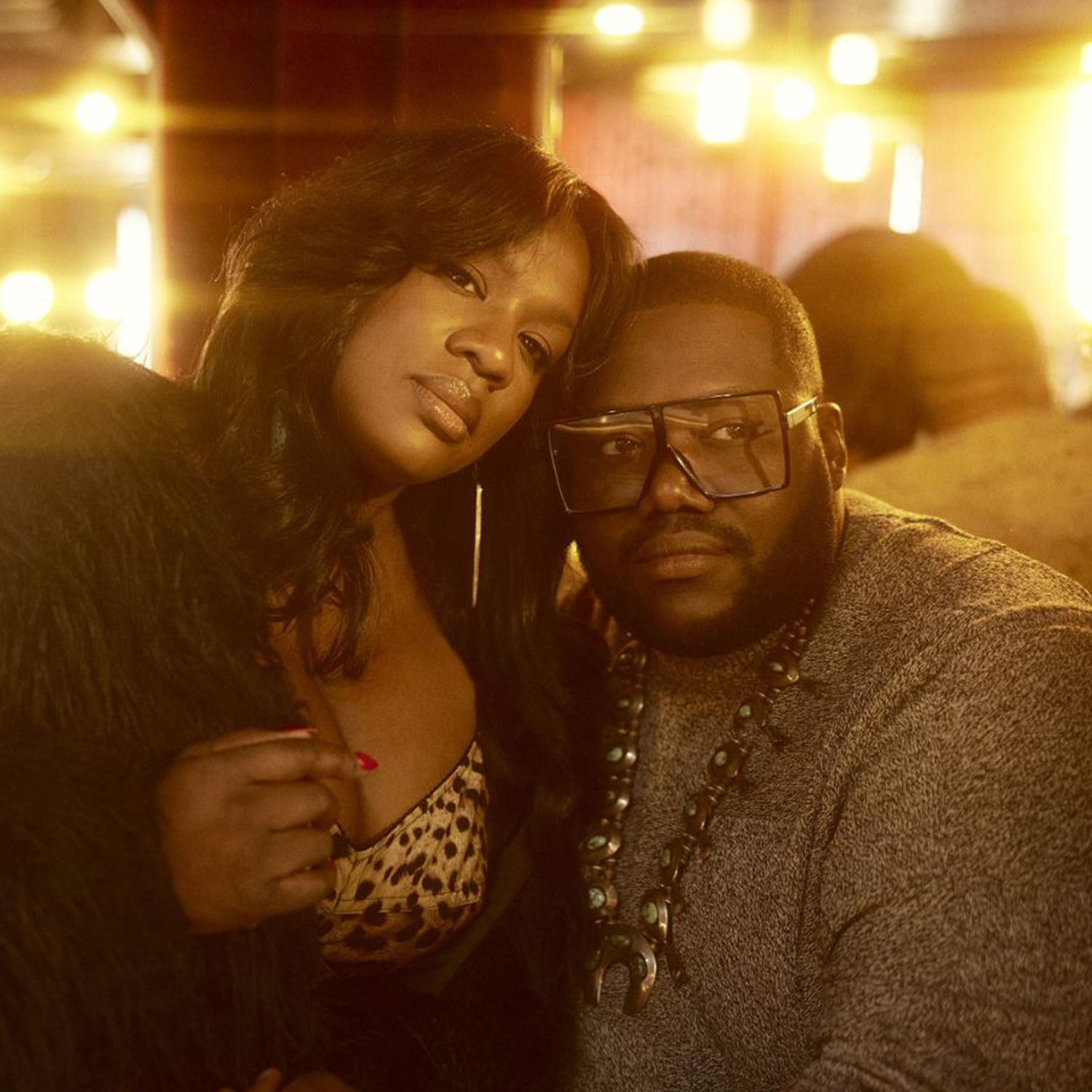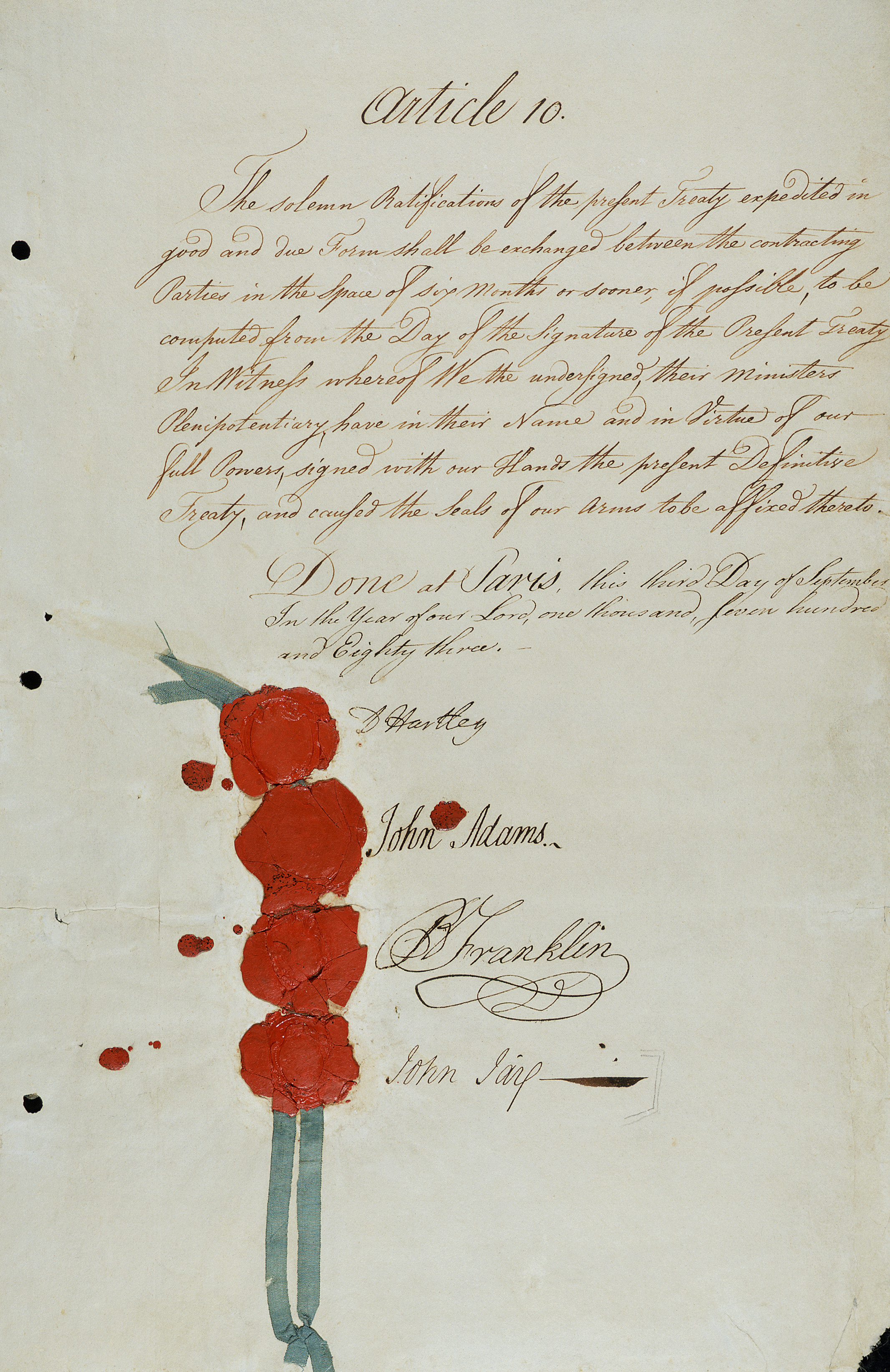War And Treaty: The Intricate Dance Of Power And Peace
War and treaty have always been two sides of the same coin in human history. Throughout centuries, nations have clashed over resources, ideologies, and power, only to eventually sit down at the negotiating table to restore order. But what exactly goes into these complex processes? How do wars shape treaties, and how do treaties prevent future conflicts? Today, we’re diving deep into this fascinating topic, exploring the intricacies of war and treaty, and why understanding them matters more than ever.
Let’s face it, war is messy. It’s loud, chaotic, and leaves scars that last for generations. But after the dust settles, treaties are the glue that holds things together. They’re not just pieces of paper; they’re agreements that define how countries will interact moving forward. Whether it’s ending a brutal conflict or setting new boundaries, treaties play a crucial role in shaping global stability.
This article will take you on a journey through history, strategy, and diplomacy. We’ll explore famous wars and treaties, analyze their impact, and uncover the lessons they teach us today. So buckle up, grab a cup of coffee, and let’s unravel the fascinating world of war and treaty.
- 2025 Kannada Movie Guide Whats New Where To Watch
- Vegamovies Stream Bollywood Hollywood More Free Guide
Why War and Treaty Matter
Wars are like storms—they come suddenly, bringing destruction and chaos. But just like storms, they eventually pass, leaving behind a need for rebuilding and reconciliation. This is where treaties come in. They’re the blueprint for peace, defining how former enemies can coexist peacefully.
Understanding war and treaty is essential because it helps us grasp the complexities of international relations. It’s not just about history; it’s about the present and the future. By learning from past mistakes, we can avoid repeating them. And trust me, there’s a lot to learn from history.
The Human Cost of War
Wars are brutal. They claim millions of lives, displace families, and destroy entire communities. Take World War II, for example. It was one of the deadliest conflicts in human history, claiming over 70 million lives. The devastation was unimaginable, yet it led to one of the most significant treaties of all time—the Treaty of San Francisco, which officially ended the war with Japan.
- Breaking Anna Malygon Leak What You Need To Know Now
- Kannada Movies 2024 Highest Grossing Films Box Office Report
But it’s not just about numbers. The emotional toll of war is equally devastating. Families torn apart, lives upended, and dreams shattered. Treaties, therefore, are not just political agreements; they’re acts of healing. They represent hope for a better future, where people can live without fear of conflict.
Famous Wars and Their Treaties
History is full of examples where wars led to landmark treaties. These agreements not only ended conflicts but also reshaped the world order. Let’s take a look at some of the most famous ones.
World War I and the Treaty of Versailles
World War I, also known as the Great War, was a turning point in history. It involved some of the world’s most powerful nations and resulted in massive casualties. The Treaty of Versailles, signed in 1919, officially ended the war. However, it’s often criticized for being too harsh on Germany, leading to economic instability and, eventually, World War II.
What’s interesting about the Treaty of Versailles is how it attempted to create a new world order. It established the League of Nations, an early precursor to the United Nations. While the League failed to prevent future conflicts, it laid the groundwork for modern international diplomacy.
World War II and the United Nations Charter
World War II was even more devastating than its predecessor. It involved almost every major country and caused widespread destruction. The United Nations Charter, signed in 1945, aimed to prevent such a catastrophe from happening again.
The Charter established the United Nations, a global organization dedicated to maintaining peace and security. It also promoted human rights and economic development. Today, the UN remains a vital player in global affairs, working tirelessly to resolve conflicts and improve living conditions worldwide.
The Art of Negotiation
Treaties don’t just happen overnight. They’re the result of intense negotiations, where diplomats and leaders from opposing sides sit down and try to find common ground. This process requires skill, patience, and a willingness to compromise.
Negotiators must consider a wide range of factors, including political, economic, and social implications. They need to balance the interests of their own countries with those of others, often walking a fine line between peace and conflict.
Key Elements of Successful Treaties
So, what makes a treaty successful? Here are a few key elements:
- Clarity: Treaties must be clear and specific. Ambiguity can lead to misunderstandings and future conflicts.
- Balance: Both sides need to feel that they’ve gained something from the agreement. If one side feels unfairly treated, it may not honor the treaty.
- Enforcement: Treaties must have mechanisms for enforcement. Without them, agreements are just words on paper.
- Flexibility: The world is constantly changing, so treaties need to be adaptable. They should include provisions for updates and revisions as needed.
The Role of International Organizations
International organizations like the United Nations, NATO, and the European Union play a crucial role in preventing and resolving conflicts. They provide a platform for dialogue and cooperation, helping nations work together to address common challenges.
These organizations also facilitate treaty negotiations, offering expertise and resources to ensure agreements are fair and effective. By promoting collaboration and understanding, they contribute to global stability and peace.
Challenges Facing International Organizations
Despite their best efforts, international organizations face numerous challenges. Political tensions, economic disparities, and cultural differences can all hinder their work. Additionally, some countries may resist cooperation, preferring to pursue their own interests.
However, these challenges only highlight the importance of these organizations. In a world growing increasingly interconnected, the need for global cooperation has never been greater.
The Impact of Modern Warfare
Warfare has evolved significantly over the years. From traditional battles to cyber warfare, the nature of conflict has changed dramatically. This shift has implications for treaties as well. Modern treaties must address new threats, such as terrorism, cyberattacks, and climate change.
For example, the Paris Agreement, signed in 2015, aims to combat climate change by reducing greenhouse gas emissions. While not a traditional treaty, it demonstrates how agreements can address non-traditional security threats.
Adapting Treaties to Modern Challenges
To remain effective, treaties must evolve with the times. This means incorporating new technologies, addressing emerging threats, and involving more stakeholders in the negotiation process. By doing so, treaties can better protect the interests of all parties involved.
The Future of War and Treaty
As we look to the future, the relationship between war and treaty will continue to evolve. Advances in technology, shifts in global power dynamics, and emerging threats will all shape how conflicts are resolved.
One thing is certain, though: diplomacy will remain a vital tool for maintaining peace. Treaties will continue to play a crucial role in resolving disputes and preventing conflicts. By learning from history and adapting to new challenges, we can build a safer, more stable world for future generations.
Key Takeaways
Here are some key points to remember:
- War and treaty are interconnected processes that shape global stability.
- Famous treaties like the Treaty of Versailles and the United Nations Charter have had lasting impacts on international relations.
- Successful treaties require clarity, balance, enforcement, and flexibility.
- International organizations play a vital role in preventing and resolving conflicts.
- Modern treaties must address new threats, such as cyber warfare and climate change.
Conclusion
War and treaty are complex topics that have shaped human history in profound ways. By understanding their intricacies, we can better appreciate the challenges and opportunities they present. Whether it’s resolving conflicts or addressing global challenges, treaties remain a powerful tool for promoting peace and stability.
So, what can you do? Start by educating yourself about the issues. Read up on famous treaties and their impacts. Engage in discussions with others about the importance of diplomacy. And most importantly, support efforts to promote peace and cooperation around the world.
Remember, the future of war and treaty is in our hands. By working together, we can create a world where conflicts are resolved peacefully, and treaties lead to lasting peace.
Now it’s your turn. Share your thoughts in the comments below. What do you think about the role of treaties in modern times? How can we ensure they remain effective in the face of new challenges? Let’s start a conversation!
Table of Contents
- War and Treaty: The Intricate Dance of Power and Peace
- Why War and Treaty Matter
- The Human Cost of War
- Famous Wars and Their Treaties
- World War I and the Treaty of Versailles
- World War II and the United Nations Charter
- The Art of Negotiation
- Key Elements of Successful Treaties
- The Role of International Organizations
- Challenges Facing International Organizations
- The Impact of Modern Warfare
- Adapting Treaties to Modern Challenges
- The Future of War and Treaty
- Key Takeaways
- Conclusion



Detail Author:
- Name : Isabell Mohr
- Username : friesen.donnell
- Email : renner.marquise@yahoo.com
- Birthdate : 2004-12-03
- Address : 811 Ward Mews Port Rafaelville, MI 85703-0382
- Phone : +1.517.821.1205
- Company : Glover, Thiel and Murphy
- Job : Automotive Master Mechanic
- Bio : Atque ut iure ut aut vel. Similique est sapiente porro laudantium est pariatur et. Doloremque velit qui ratione error maxime.
Socials
instagram:
- url : https://instagram.com/spagac
- username : spagac
- bio : Sunt sit quia molestiae quasi. Omnis hic omnis ut. Et voluptate sed veritatis rerum est assumenda.
- followers : 3177
- following : 230
twitter:
- url : https://twitter.com/pagac1983
- username : pagac1983
- bio : Sit alias et corporis est eius vero. Et assumenda eveniet ut eaque voluptatem laborum qui ut. Ab repellendus adipisci molestiae beatae aliquam.
- followers : 1590
- following : 2764
linkedin:
- url : https://linkedin.com/in/shane7632
- username : shane7632
- bio : Deleniti quasi quis error id aut molestiae iste.
- followers : 4535
- following : 2677
facebook:
- url : https://facebook.com/pagacs
- username : pagacs
- bio : Quisquam libero et nobis dicta. Qui ut est ea.
- followers : 6728
- following : 2245
tiktok:
- url : https://tiktok.com/@shane2946
- username : shane2946
- bio : In explicabo et impedit numquam.
- followers : 4687
- following : 394